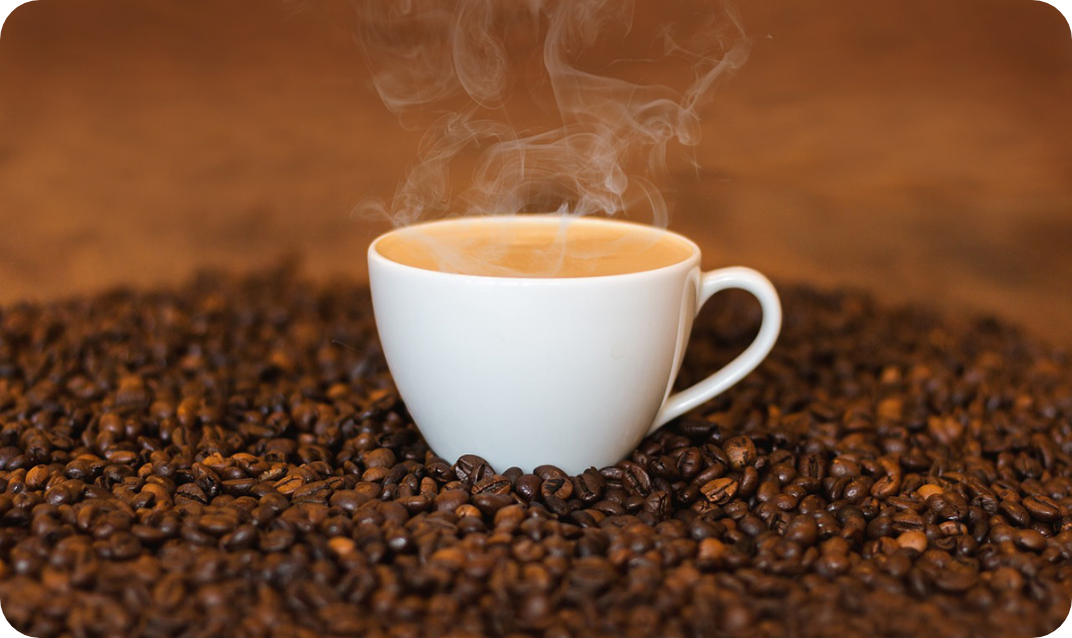
The Art of Coffee: From Bean to Perfect Cup
Coffee is more than just a drink—it’s a journey. From...
Read More
When it comes to coffee, quality is not just about how it tastes but also how it is processed and handled. To truly understand whether a coffee is of good quality, it is essential to conduct two key types of analysis: sensory analysis and chemical analysis. These methods help coffee professionals, roasters, and enthusiasts identify the strengths and weaknesses of a coffee, allowing for an informed judgment on its overall quality. In this blog, we’ll break down these two essential analyses and explain why they are necessary for assessing coffee quality.
Sensory analysis, or cupping, is the process of evaluating coffee through sight, smell, taste, and feel. This is the most subjective of the two analyses, relying on human perception to identify key characteristics that define coffee quality. Sensory analysis is typically done by trained cuppers who use specific methods to evaluate the coffee and provide feedback.
While sensory analysis focuses on subjective tasting, chemical analysis is a more objective method for determining the quality of coffee. This process involves using scientific tools and techniques to analyze the chemical composition of the coffee, providing valuable insights into its potential quality and consistency.
While sensory analysis offers a direct, human-centered evaluation of coffee’s flavor and aroma, chemical analysis provides a deeper look into the coffee’s composition. Both analyses are crucial for determining whether a coffee is of high quality.
Together, these two analyses give a comprehensive view of coffee’s overall quality, ensuring a perfect balance of science and artistry.
To truly assess whether a coffee is of good quality, it’s essential to combine both sensory and chemical analyses. Sensory analysis provides an immediate, enjoyable way to evaluate the coffee’s flavor profile, while chemical analysis offers a deeper understanding of the coffee’s chemical makeup. Together, they ensure that the coffee you’re drinking is not only pleasing to the palate but also well-crafted and consistent. Whether you’re a coffee lover or a professional, knowing how to conduct these analyses can help you make informed decisions about the quality of your coffee, ensuring every cup is a satisfying experience.
Coffee is more than just a drink—it’s a journey. From...
Read MoreWhen it comes to coffee, consistency is key. Whether you’re...
Read MoreWhen it comes to coffee, quality is not just about...
Read MoreIntroducing our “Caregivers Discount Program.” At USA CAFFE, we recognize and deeply appreciate the tireless dedication and compassion of caregivers who make a difference in the lives of others every day. As a small token of our gratitude, we’re excited to offer an exclusive discount just for you.
Enjoy “10% off” your total order every time you shop with us. It’s our way of saying thank you for your unwavering commitment to improving the lives of those in need.
To receive your discount code, simply fill out the “Registration” page. After completing the “Affiliation” section, hit the “Submit” button, and you’ll receive your Discount Code instantly.
Your Discount will be Atomically applied at Checkout.
Discover the ultimate convenience and savings with our “Automatic Re-Order Program”. Never worry about running out of your coffee supply again as our system schedules and fulfills your orders.
Plus, enjoy a “10% off” discount on every order. You can activate the Automatic Re-Order Subscription on the product page. When you choose “Subscribe” simply select your Re-Order Timeframe. Our system will do the rest. You can change the timeframe, add or delete products, suspend an order or cancel out anytime.
This is also a great tool for Businesses, Police Departments, Fire Departments, EMS/First Responder Departments and VFW Clubs.
Your Discount will be Atomically applied at Checkout.
Introducing our “Heroes’ Discount Program”. At USA CAFFE, we deeply appreciate the commitment and sacrifices made by our Active Military, Police Officers, Firefighters, First Responders and Veterans. As a token of our gratitude, we’re thrilled to offer an exclusive discount program tailored specifically for you.
Enjoy “10% off” your total order every time you shop with us. It’s our small way of saying thank you for your dedicated service to our communities and country.
In order to receive your discount code, fill out the “Registration” page. After you fill out the “Affiliation” section, hit the “Submit” button and you will receive your Discount Code immediately.
Your Discount will be Atomically applied at Checkout.